Description
Catalogue illustré de livres d’étrennes by Henri Meunier printed on a T-Shirt
About the T-Shirt
Regular fit
Standard length, the fabric easily gives into movement
Casual wear
A classic, everyday option loved by our customers
Side-seamed
Constructed by sewing two parts together, creating a fitted look
The Unisex Staple T-Shirt feels soft and light with just the right amount of stretch. It’s comfortable and flattering for all. We can’t compliment this shirt enough–it’s one of our crowd favorites, and it’s sure to be your next favorite too!
- Solid colors are 100% Airlume combed and ring-spun cotton
- Ash color is 99% combed and ring-spun cotton, 1% polyester
- Heather colors are 52% combed and ring-spun cotton, 48% polyester
- Athletic and Black Heather are 90% combed and ring-spun cotton, 10% polyester
- Heather Prism colors are 99% combed and ring-spun cotton, 1% polyester
- Fabric weight: 4.2 oz./yd.² (142 g/m²)
- Pre-shrunk fabric
- 30 singles
- Side-seamed construction
- Tear-away label
- Shoulder-to-shoulder taping
- Blank product sourced from Nicaragua, Mexico, Honduras, or the US
Henri Meunier
Henri Meunier (born Henri Georges Jean Isidore Meunier) was a Belgian Art Nouveau lithographer, etcher, illustrator, bookbinder and poster designer of the Belle Époque.
Henri Meunier was the son of the etcher Jean-Baptiste Meunier and was the nephew of the sculptor Constantin Meunier. He received his first training in engraving in his father’s workshop. After studying at the academy in Ixelles, he diversified into printmaker, poster designer, graphic reporter and book binder. Meunier used flat colours and thick outlines, borrowed from Japanese prints, to achieve powerful images.
Many of his lithographs were published in L’Estampe Moderne, which appeared from 1897–98 as a series of 24 monthly portfolios, each of 4 original lithographs, priced at 3 francs 50 centimes and printed by F. Champenois of Paris. Contributing artists included Louis John Rhead, Henri-Gabriel Ibels, Théophile Alexandre Steinlen, Adolphe-Léon Willette and Eugène Grasset. He was awarded a gold medal at the 1893 Limoges Exhibition.

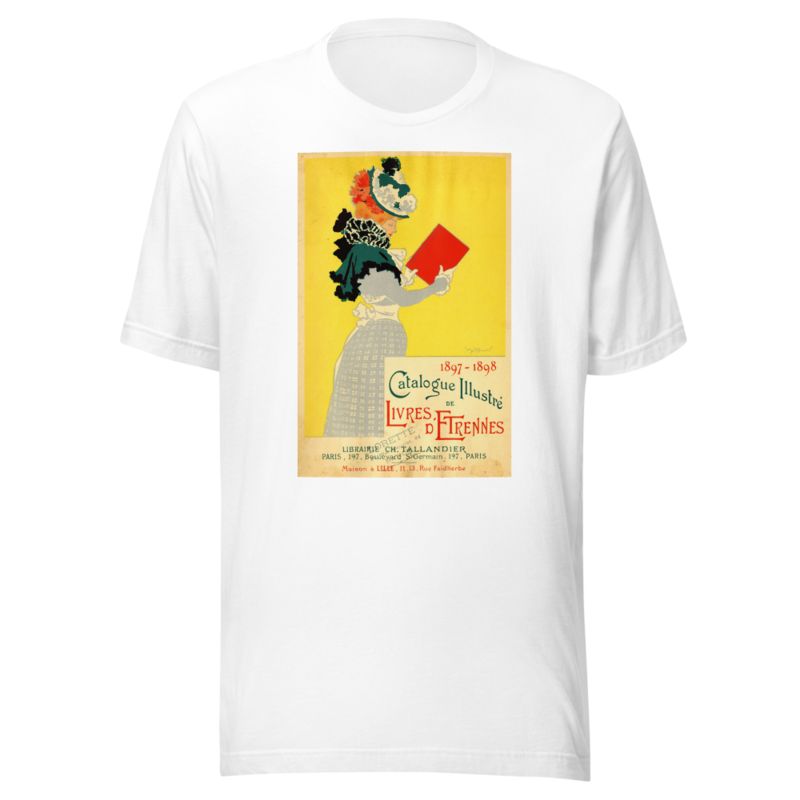
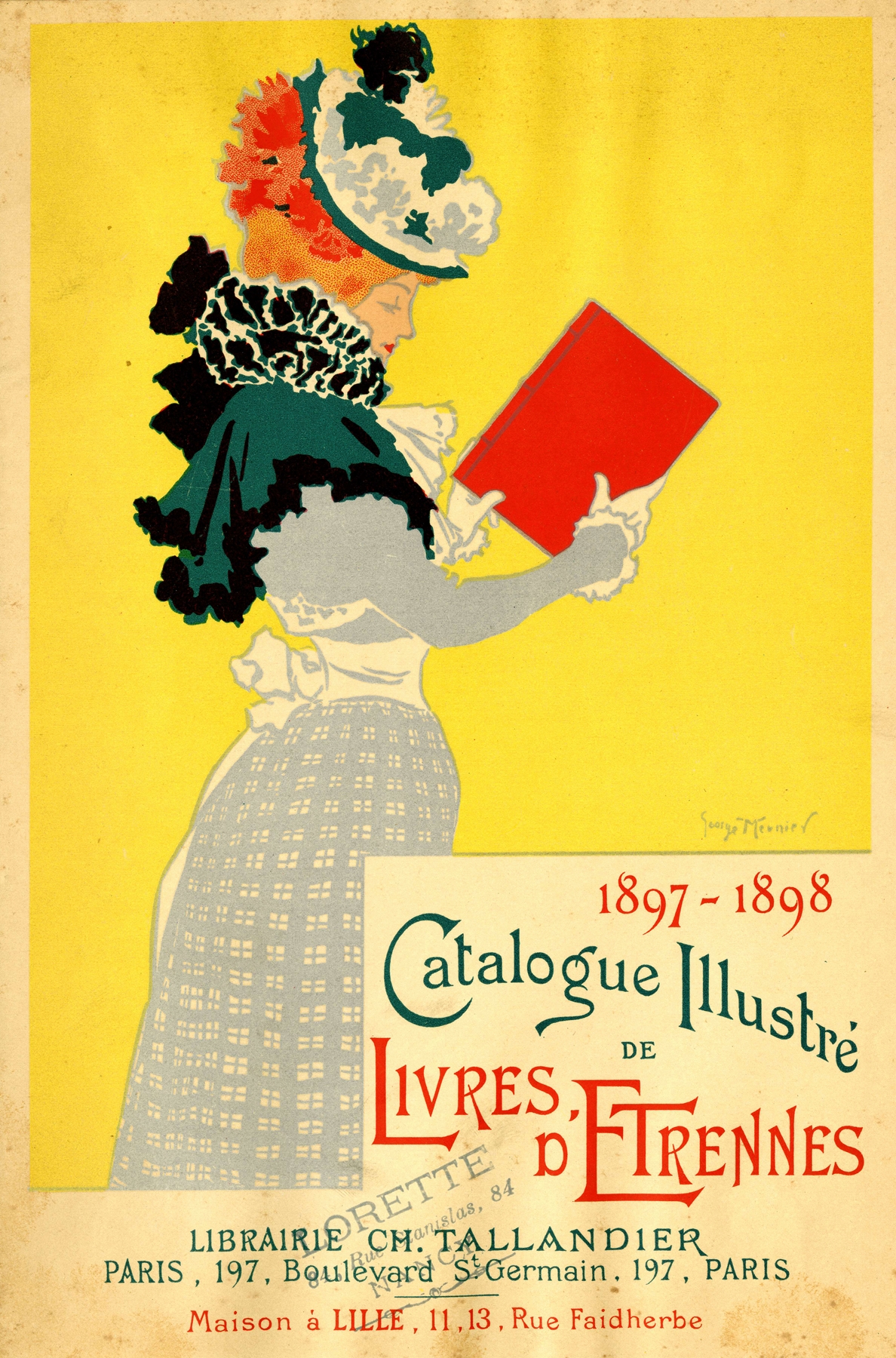
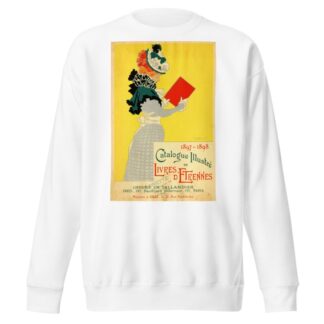
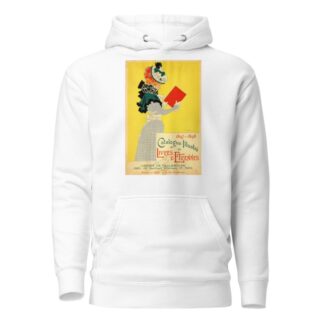
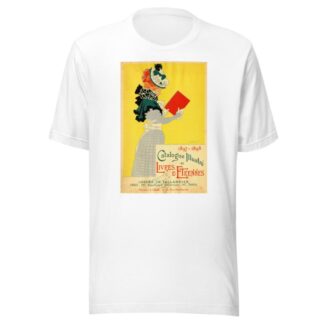
Reviews
There are no reviews yet.